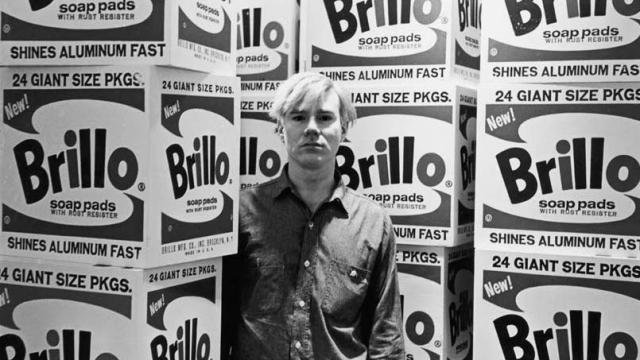This week at Google I/O, we’re likely to learn more about Brillo, Google’s oddly-named new operating system for low-powered devices that are perfect for a smart home or internet of things setup. The news about Brillo is intriguing for two reasons.

Google Brillo has nothing to do with Brillo soap pads, nor Andy Warhol, which we find very confusing. Image via the Andy Warhol Foundation.
One, it shows that Google still hasn’t given up on the internet of things dream, which means we can probably expect some smart home devices running Brillo in coming years. And two, it suggests that Google may be trying to distance itself from Nest, its previous smart home product. Nest devices were so horrifically buggy that one of Google’s own engineers, Brad Fitzpatrick, posted a video of himself ripping malfunctioning Nest fire alarms out of his house, throwing them into an ice chest, and tossing them out his back door.
Brillo has been an internal project at Google for quite a while — a cursory search of the bug tracker on the Google Code Chromium site shows references to Brillo going back to February. But last week a report in The Information finally gave the public a pretty good picture of what the company wants to do with the new operating system. Brillo designed especially to be lightweight, taking up very little memory, which is perfect for smart home devices that you control via a web interface, like locks, refrigerators, and climate control systems. Generally these devices have far less memory than a phone or computer, and Brillo is likely designed for devices with 64 or even 32 MB of RAM.
Also, Brillo will probably be tucked into the Android brand, according to the report:
Google is likely to release the software under the Android brand, as the group developing the software is linked to the company’s Android unit. The lower memory requirements for devices running the new software would mark a sharp drop from the latest versions of Android, which are primarily aimed at mobile phones with at least 512 megabytes of memory.
So it’s based on Android. And Google is likely to offer Brillo to hardware manufacturers for free. No doubt the company hopes to corner the smart home software market, by encouraging hardware makers to adopt Brillo as their OS of choice.
Imagine a smart home that’s basically controlled by Android devices, and you’ve got a sense of what the Brillo dream is. Throw in a few Chromebooks, and you’ve got a complete ecosystem of dumb gadgets that use Brillo to network with each other, or with servers in the cloud. I’m just hoping that my Brillo smart home will come with one of those Spot robots made by Boston Dynamics (remember how Google bought them in 2013?).
Spot can rest by the heater — just use your Android device to start it! — and scare the crap out of anyone who hacks their way into my house by exploiting a security vulnerability in my Brillo locks. Sounds cosy.
